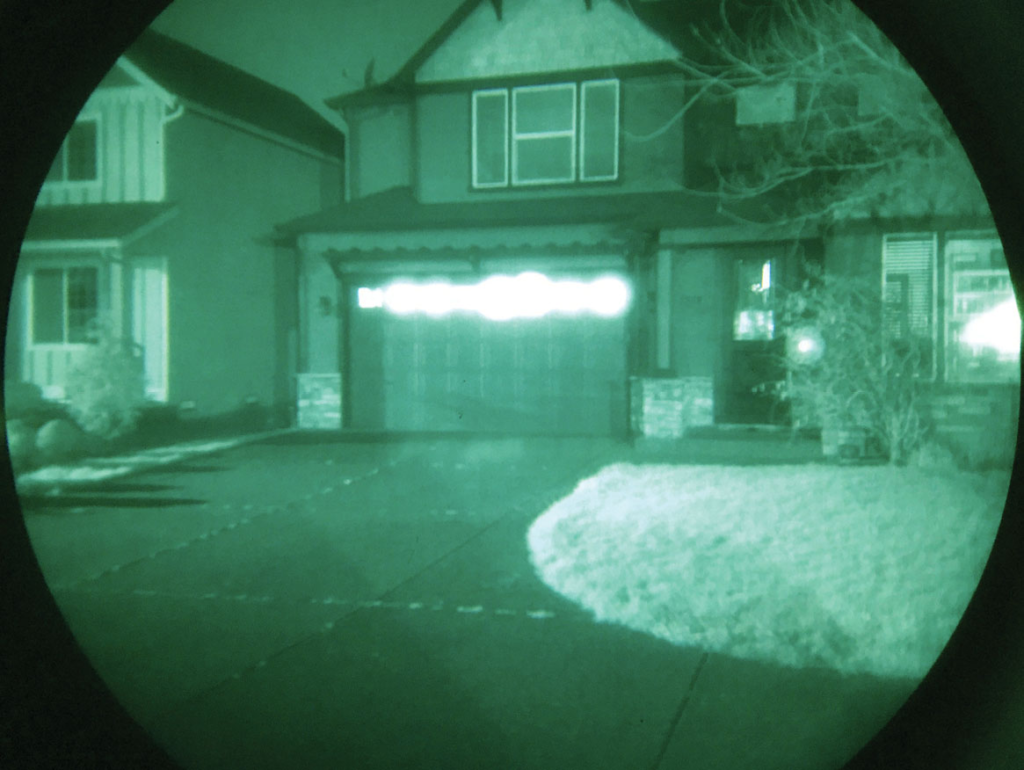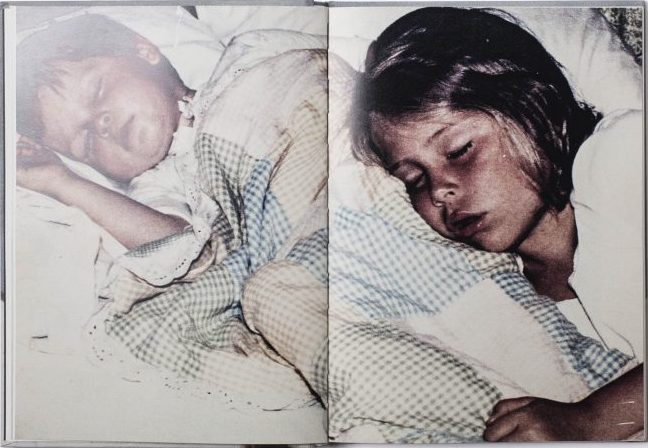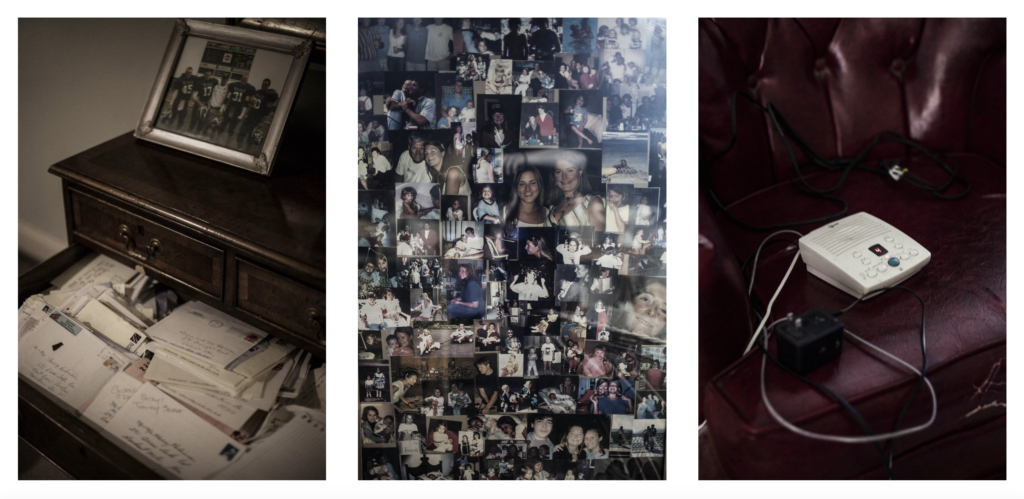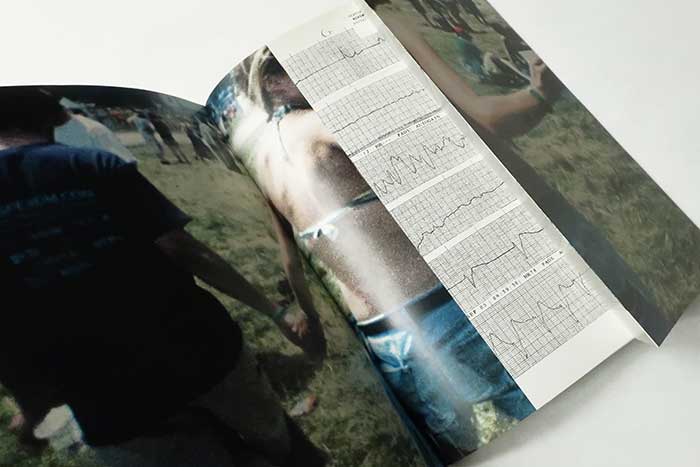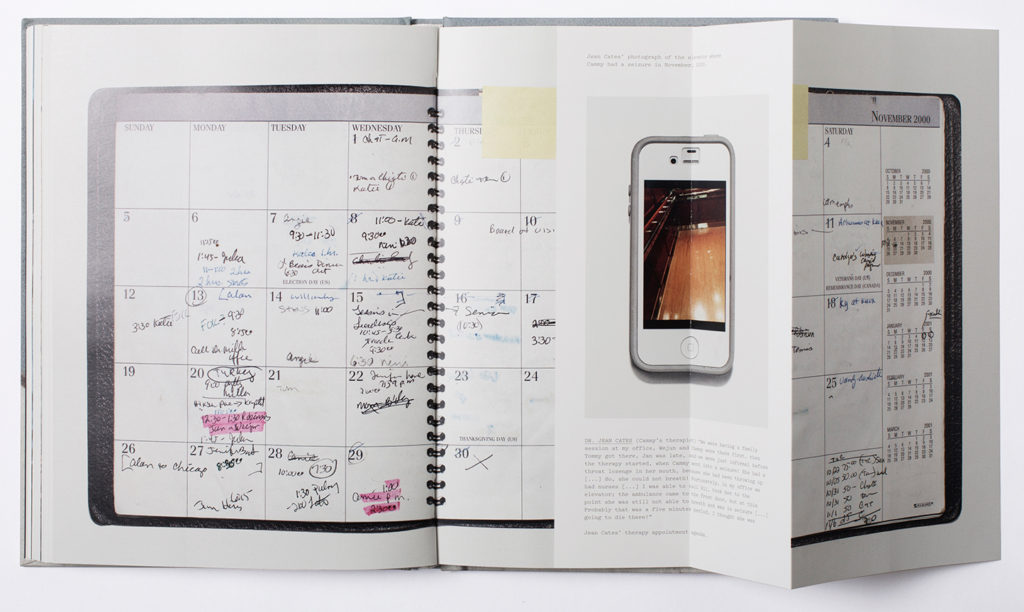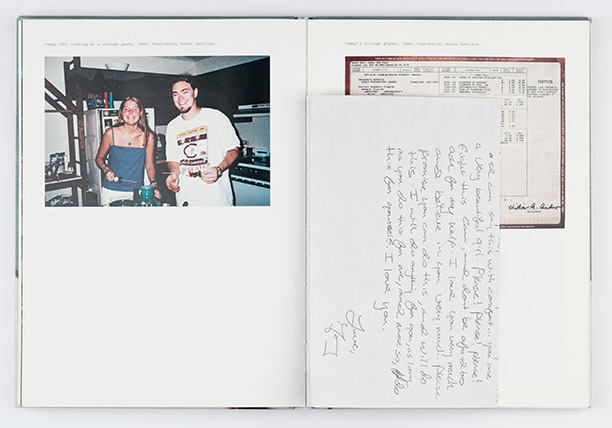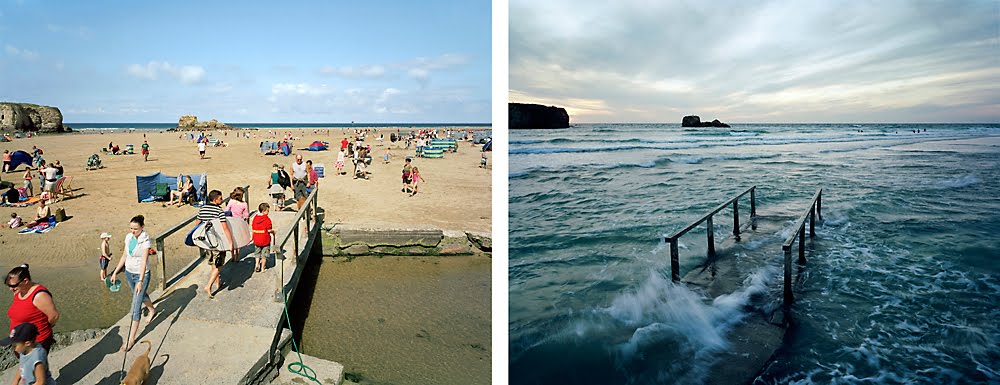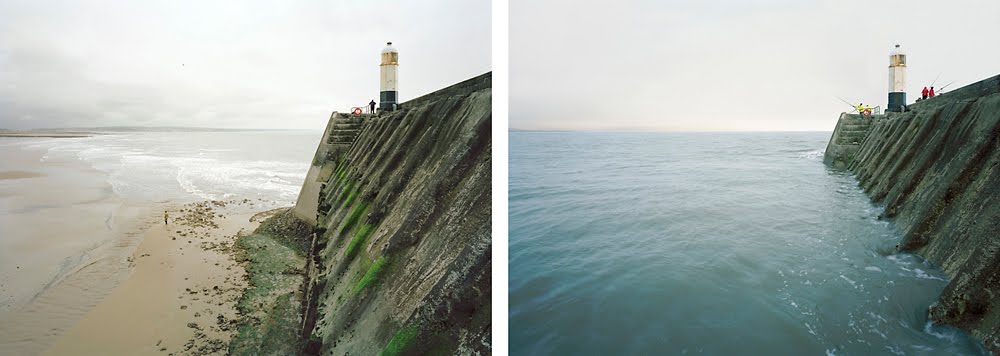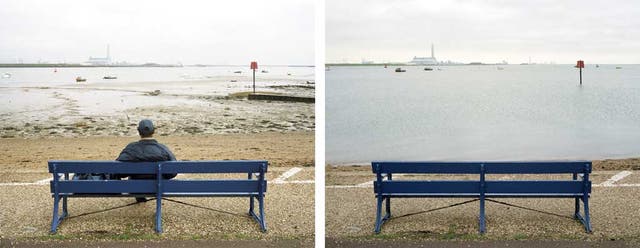Why are photographic archives so important ?
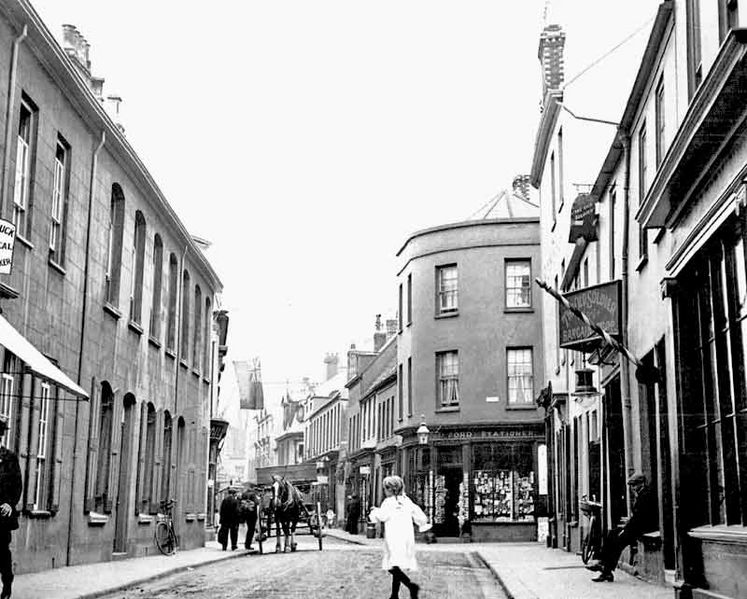


Archives are collections of documents, photographs, and other items that are kept for historical purposes. They’re usually held by governments or other organisations like museums or libraries. They have been around since the invention of writing. The first archives were created as a way to preserve important records and documents from being lost or destroyed over time, but they didn’t start out looking like we think of them now. In fact, before photography was invented, people would often draw pictures or write descriptions of the things they wanted to save for future generations. The first archive photographs were taken in 1839 by Louis Daguerre, who invented the daguerreotype process. In this essay I will be looking at photography that is based on exploring Jersey Islandness. I’ve decided to make my final project of Then and Now photography, It will present a series of photography that document the changes in architecture over time in Jersey. The photographs will be categorised as either “Before” and “after” with the location and date both photos were taken. The images were taken at different times so that they could capture how different structures have been affected by weather, humans, and other factors over time. My goal is to show how much architecture has changed over time, how much it hasn’t changed, and how the buildings have evolved with time and to also help us understand our own history by comparing images from different eras and contexts. I believe that archive photography is an important tool for documenting changes that take place over time. This type of photography allows us to see what has been lost or forgotten over time. For example, if we had never known what it looked like before or after World War II, we would not know what different cities used to look like. Using Société Jersiaise archive I have chosen a couple of photographs around St. Helier where I will re photograph in the same exact spot. The photographers I will be looking at are Jersey photographers that documented jerseys landscapes. My two key photographers are Percival Dunham and Edwin Dale who are both from the same time period and took photographs to document Jersey. Percival Dunham was a photographer for the local newspaper called “The illustrated weekly” and “morning news“. He had been in business as a photographer at 57 bath street since 1911, and had already been taking photographs for the battle of flowers and other events such as the grounding of the roebuck in St. Brelade’s bay in 1911. Little is known about him other then being described in the Jersey roll of service as ‘from St. Helier’ however it seems unlikely that he was born in Jersey. In the photographic archive of the Société jersiaise there is a collection of just over one thousand glass plate negatives taken by Percival taken between 1913-1914. At least 800 of these negatives were published in ‘Jerseys morning news daily newspaper’ or its sister publication ‘The jersey illustrated weekly’ between April 1913 and October 1914. His photographs were taken with a cumbersome plate camera over a decade before the introduction of hand held cameras and flashbulbs were the golden age of photo journalism.


Its interesting to see how photography has changed over Time. In the early days of photography, it was mostly used for commercial purposes, for example, in advertisements, landscape and portraits. But as technology advanced and cameras became more affordable, people started using them in their daily lives. The other photographer I will be looking at is Edwin Dale. Born on 3 January 1882 and has left a fascinating selection of island views taken between 1910 and 1920. In 1913 He entered the Jersey Eistedfodd photographic competition for the first time and won four first prizes and two second prizes. He made his living running his father’s boot, shoe and leather shop at 63 New Street but he had a passion for photography, and among his favourite subjects were harbour scenes and steamships, churches, houses, country lanes and coastal views, sport and the railway. He also took portraits and photographs of islanders at work. As well as being a very talented photographer, Edwin Dale was a keen racer of model boats and known for his love of motorcycles. Many of his early images include the motorised bike on which he would travel around the island taking photographs. Most of his work dates from 1910 to the 1920s and one of his favourite subjects was the railway. He died on 27 January 1956. One of Edwin Dales photos below from 1912 taken with the view from South pier towards commercial Buildings with sailing boats in harbour at mid-tide, advertisement hoarding for Eldridge, Pope & Co, Dorchester ales on granite wall with fort regent in the background. In the foreground there are several different boats all different types of sizes all focused. The lighting is quite over exposed picking up the white colours of the sail boats. If you look closely you can see the reflection of the sailboat in the water which is in the centre of the image. However it being a bright photograph there are also some underexposed areas where you can see on two of the sailboats which adds some detail to the image. There are a range of tones throughout the image, the lightest tones can be see in the background and on the sailboats along with the darker tones that are seen more in the middle ground. The type of lighting in this is natural lighting as its outside, you can tell it was taken in the daylight because the image is clearly visible.

A modern day photographer that has inspired me and is also similar to my Islandness project is Michael Marten, an inspirational seascape and landscape photographer who is passionate about documenting nature. He has an interest with the tides changing throughout the seasons. Between the years of 2003 and to 2012 Michael travelled to different parts of the coasts to photograph an identical view from high tide to low tide of England starting from South-west then on to North west, North-east and ending with South-east. The photographers love for outdoors is evident in every shot as he captures light, texture and colour from outside. A connection Between Michaels and my project is the Before and After concept even though both our photos are different from each other. A quote from his book that relates to my photographs is “One aspect of what makes these photographs so compelling is the fascination of comparing each pair of pictures, spotting what has or hasn’t changed” Macfarlane, R. (2012) written by Robert MacFarlane who wrote the introduction to Michael martens book. Having looked at Micheal Martens work I can now approach my work in a creative approach shaped by his style.


Bibliography: https://www.michaelmarten.com/books

In conclusion Archive photography is a powerful tool for documenting how humans have changed the architecture of their environment. It can be used to document how we interact with our built environment, and it can also be used to show how we’ve altered our surroundings over time. This type of photography allows us to see how things looked in the past, which helps us understand what has changed and why. Archive photography is an important part of the history of photography. It allows us to see how far we have come and how much we have changed as a society. It allows us to see what was considered normal or acceptable at the time when these photos were taken. I think it’s important to have two key photographers, Percival Dunham and Edwin Dale, for inspiration. I’m going to use Société Jersiaise to find their photographs to re-photograph them in the same exact spot that Percival Dunham and Edwin dale took the photographs. After taking the photoshoots I will use Photoshop to experiment with each photograph, photo montages



I will investigate how archive photographs can document architecture through decades. Archive photographs are a great way to understand how a building has changed over time. The photos can show how the building looked when it was first built, and then how it looked when it was renovated or restored. They can also show how the building has aged naturally through the years. This can help us understand what materials were used in its construction and what types of repairs have been made over time. When looking into how archive photographs can document architecture through decades, I will investigate the following:
– The use of camera angles to show off the buildings features and to highlight its relationship with its surroundings.
-The use of light and shadow to emphasise the height of a building or its position in relation to other structure’s
This idea of work that interests me in Then and Now photography is seeing how much has changed within Jersey, such as architecture, old buildings, modern buildings, different influences to change


